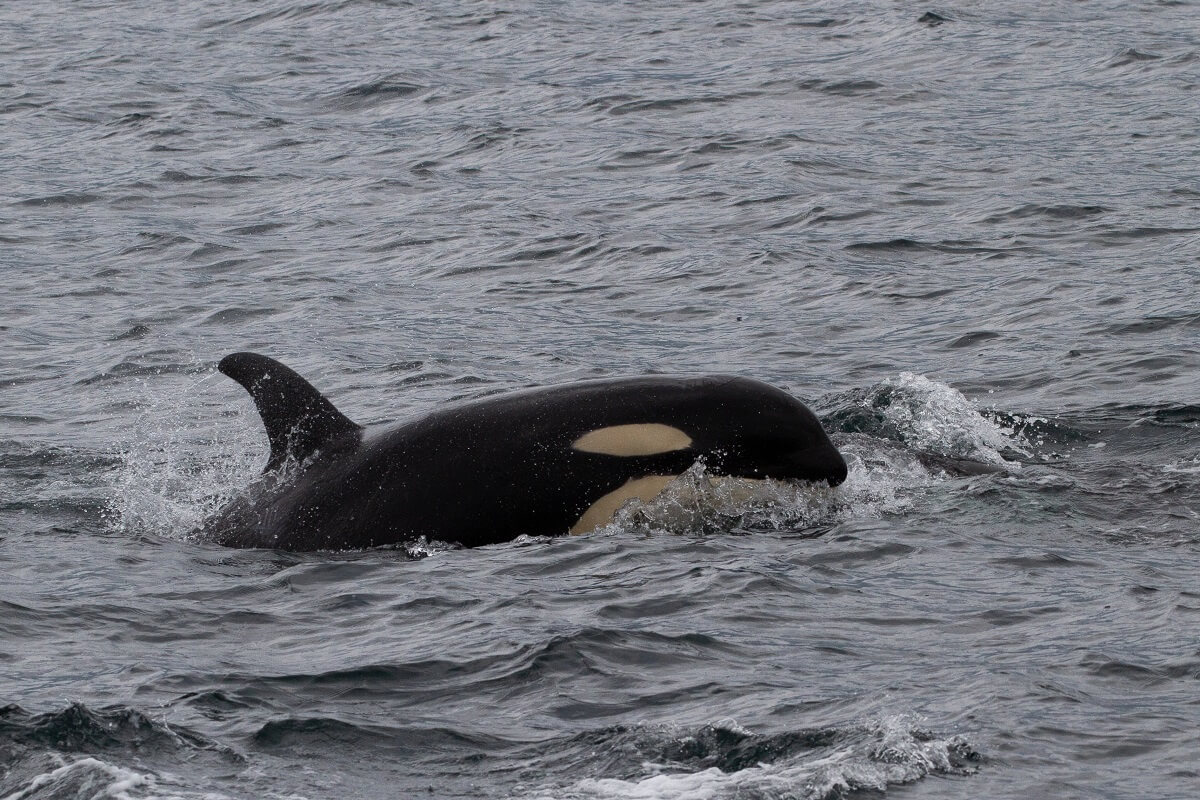The speed of boats travelling in the vicinity of killer whales is believed to be the greatest factor affecting ambient noise levels. Such was the finding of a team of US researchers who have worked with the endangered “southern resident population” of killer whales, and whose results were recently published in the journal PLOS ONE.
Whales depend on sound for navigation, feeding, reproduction and socialization. Shipping, the mining and oil industries, military activities, and fisheries all contribute to the relentless increase of sound levels in the oceans. This form of pollution is now recognized as one of the main threats to the survival of a number of species. The killer whales (Orcinus orca) of the Northeast Pacific are no exception. Several previous studies have shown that boat-generated noise, including that of whale-watching vessels, is one of the factors threatening the recovery of the southern resident population of killer whales. The animals are thought to expend more energy trying to communicate in this cacophony than they do tending to other essential activities.
A team from the University of Washington, in collaboration with researchers at the National Oceanic and Atmospheric Administration (NOAA), conducted a study focusing on the sound contribution of individual boats to the acoustic environment affecting killer whales living near Vancouver Island and Washington State. Their results were published in the journal PLOS ONE last December.
The speed of boats – rather than their size – in the vicinity of killer whales is believed to be the factor that most influences ambient noise levels. To obtain these data, the team used acoustic tags called DTAGs temporarily attached to the animal with suction cups that record the animal’s movements and quantify the noise it perceives. Simultaneously, a laser positioning device, installed on the research vessel that closely tracked the ships under study, recorded the characteristics of each craft (type, size, speed, and position). This combination of the two techniques has allowed each boat’s contribution to ambient underwater noise to be characterized with greater accuracy.
The team’s conclusion: by limiting ship speeds, killer whales’ exposure to noise can be reduced. At the present time, US Federal regulation stipulates distances between whales and ships, but no speed limit is imposed, only a recommendation to slow down when a whale is present within a radius and to avoid sudden changes of direction. Scientists also point out that noise is not the only type of disturbance caused by boats.
Thousands of observers set out in search of these large threatened dolphins
The Northeast Pacific southern resident population is small (approximately 80 individuals) and genetically isolated from other groups. It is designated as an endangered species in Canada and the United States. The decrease in chinook salmon stocks (its main prey), exposure to chemical pollutants such as polychlorinated biphenyls (PCBs) and disturbance from shipping traffic are believed to be the main factors behind its decline.
Whale watching is an increasingly popular activity throughout the world. In British Columbia, in the 1980s, there were not quite 20 boats carrying fewer than 1,000 passengers per year for whale watching. Today that figure has risen to over 80 boats transporting a half a million people annually. Added to this pressure are the presence of fishing boats, merchant shipping and ferries.
Source
On the PLOS ONE website: The Relationship between Vessel Traffic and Noise Levels Received by Killer Whales (Orcinus orca)
To learn more:
On the Northwest Fisheries Science Center website: Vessel speed biggest factor in noise affecting killer whales
On the Washington Department of fish & Wildflife website: Washington’s Vessel Regulation Protecting Southern Resident Killer Whales
On the NOAA Fisheries website: Killer whales
On the Government Canada website: Recovery Strategy for the Northern and Southern Resident Killer Whales (Orcinus orca) in Canada
On Whales Online website:





